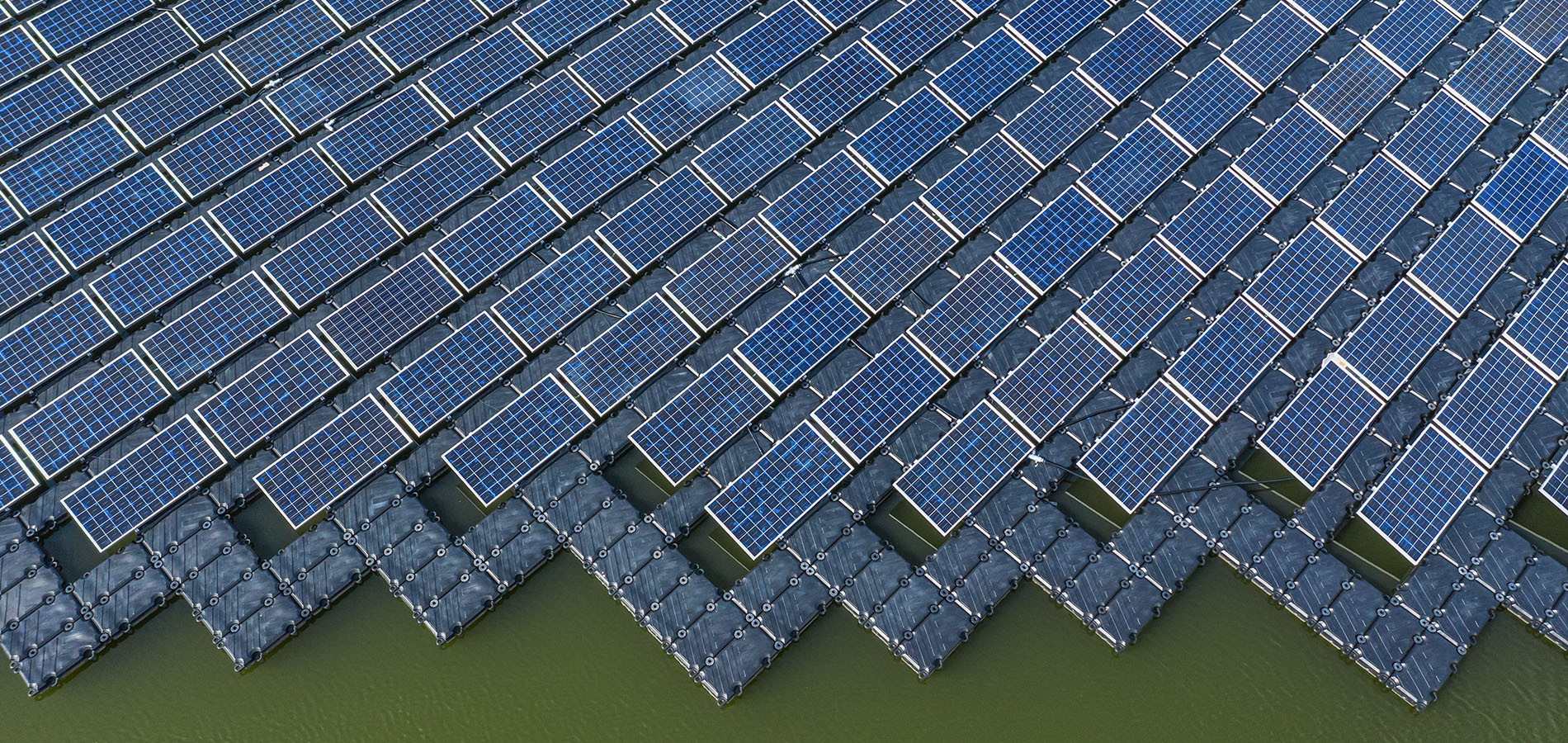Neo Themis believes that hybridization of different technologies will create new opportunities in Africa. For example, adding solar onshore or floating solar panels to existing or new hydropower assets has certain advantages including utilization of existing infrastructure at hydropower sites and additional energy yield. In water reservoirs, floating solar panels could reduce evaporation, improve water quality, and serve as an energy source for pumping and irrigation. The possibility of adding pumped storage to existing hydropower plants is also of a particular interest where the solar capacity can boost the energy yield of such assets while providing more flexibility to manage periods of low water availability by allowing the hydropower plant to operate in “peaking” rather than “baseload” and to use water for other sectors such as agriculture.
Over the past decade, the levelized costs of solar and wind-generated electricity have been considerably decreasing due to technology improvements. Wind turbine technology and solar photovoltaic have complementary generation profiles, creating synergies that helps reduce variability in power generation when combined in a single hybrid plant. While these two types of energy are intermittent, when implemented each on its own, hybridization can considerably reduce their intermittency thus resulting in a higher combined capacity utilization factors. For countries, where resource considerations allow to implement both technologies, Neo Themis believes the combination offers the opportunity to diversify the energy mix and results in a smoothed power generation. The wind-solar hybridization also provides an opportunity to reduce the costs for shared infrastructure including land, access roads, substations, transmission lines and other ancillary equipment.

